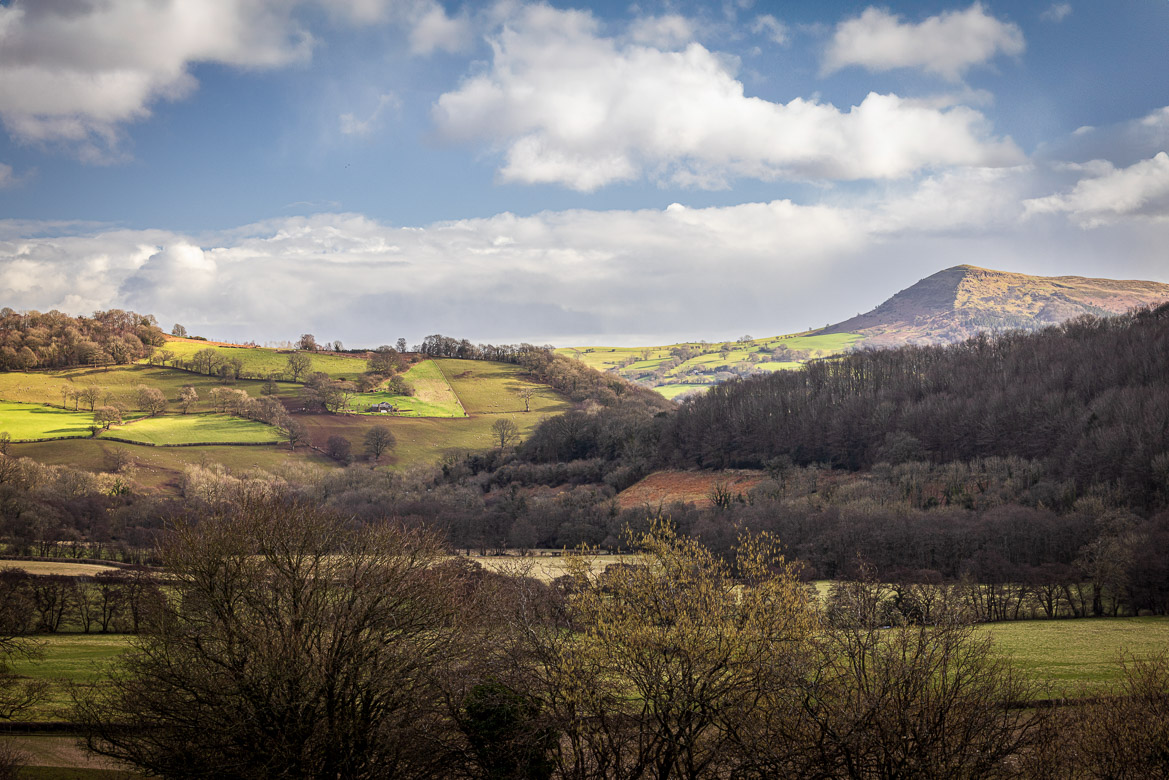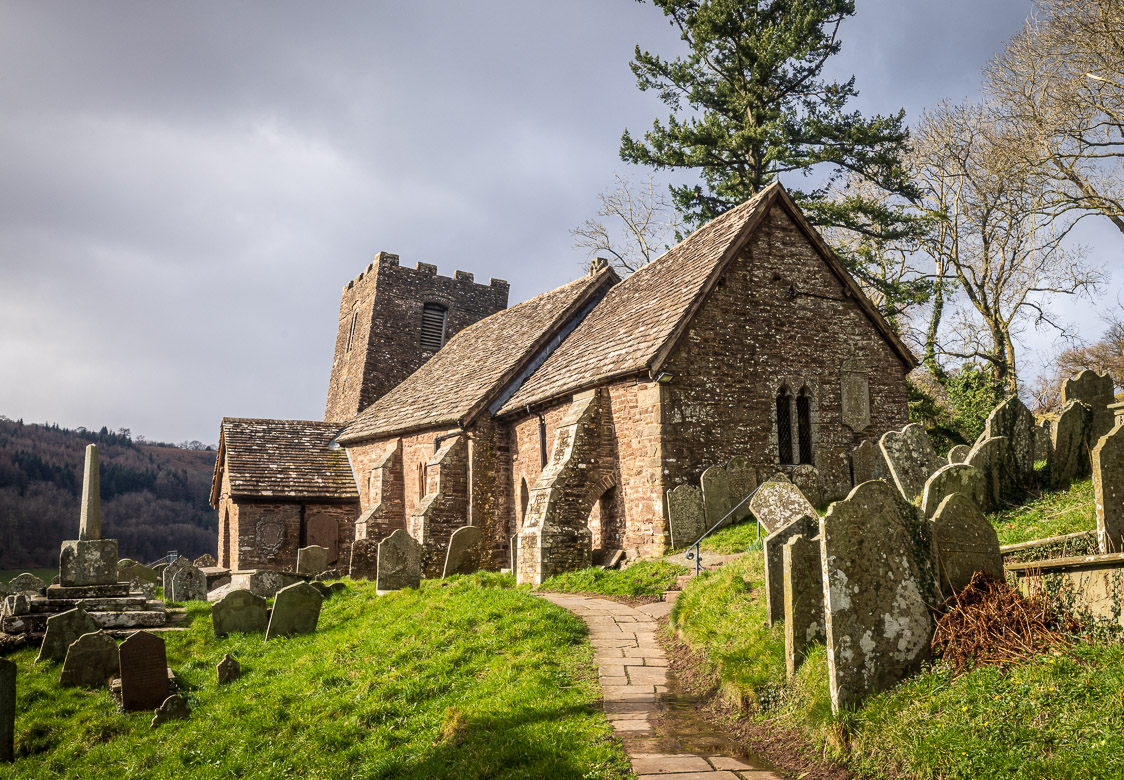
Cmwyoy Church in South Wales is the most crooked church in Britain. It was built on the soil of a gigantic ancient landslip on the sides of a glacial valley. After the construction the valley side continued to move and slide away and different walls and parts of the church moved in different directions. The church tower, although not as tall, is leaning more than the famous tower of Pisa, whereas the chancel is leaning in the opposite direction.
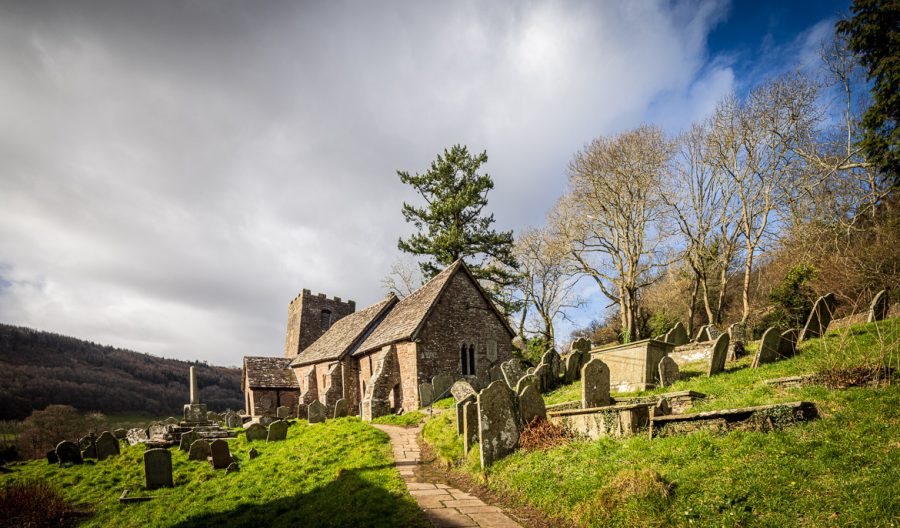
I heard about Cmwyoy Church, when I was photographing St Issui Church in Patricio, quite near to Cmwyoy. A couple was observing my photography and suggested I should visit St Martin’s Church in Cmwyoy. They told me about the church, and although the light wasn’t right for a photographic expedition that same day, I researched the church at home and decided to pay it a visit another day.
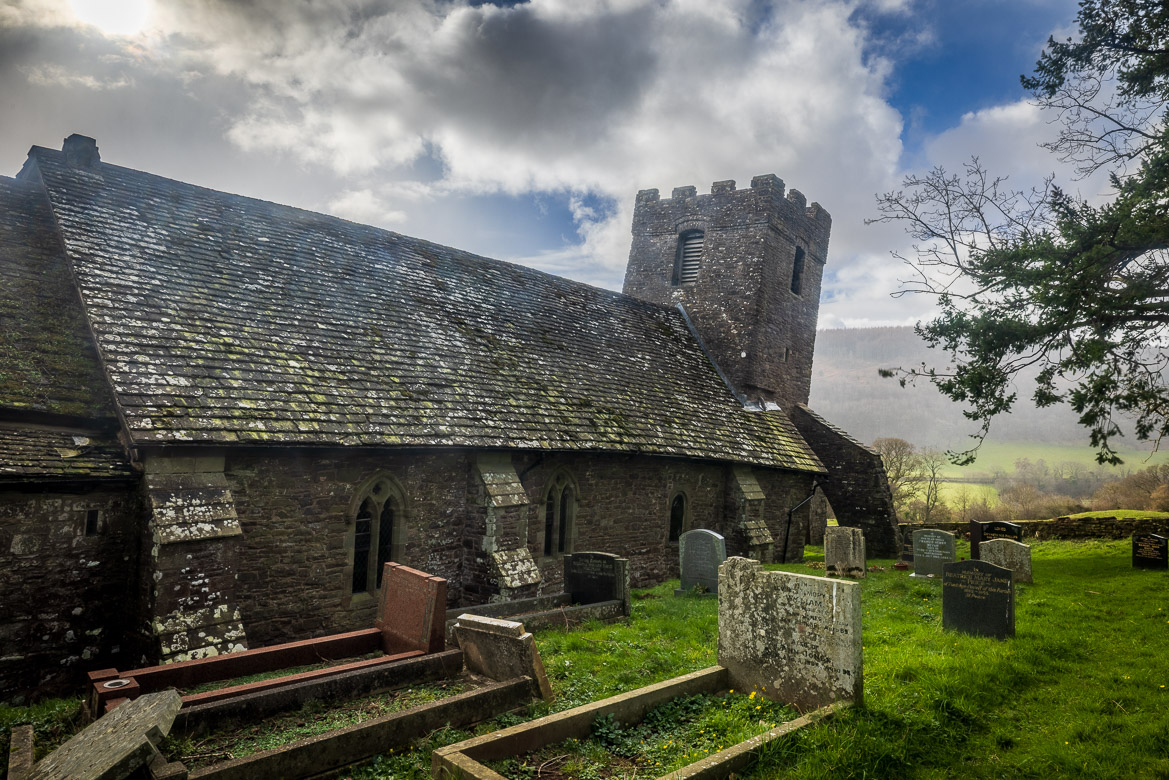
The writer Simon Jenkins (during one period editor of the Times) noted, “visitors might be on the deck of a galleon in a storm, with the chancel about to slide overboard”. It could however have been partly deliberate. Some old churches were built with a “weeping chancel”. The church represented the dead body of Christ, the nave being the body and the chancel representing the head of Christ, fallen to the right. During my time as vice chair of the Lutheran Council, I visited St Mary the Virgin in Kirtlington, not far from Oxford. That is another example of a deliberately mis-aligned church, but without any landslide adding to the crookedness.
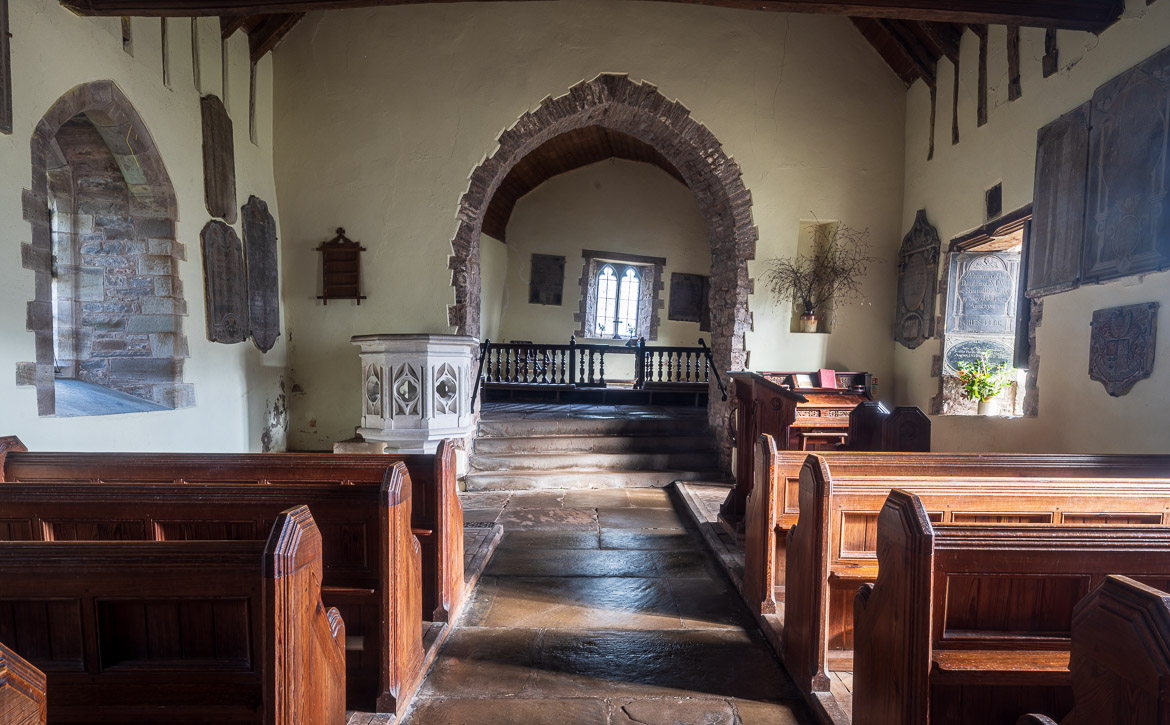
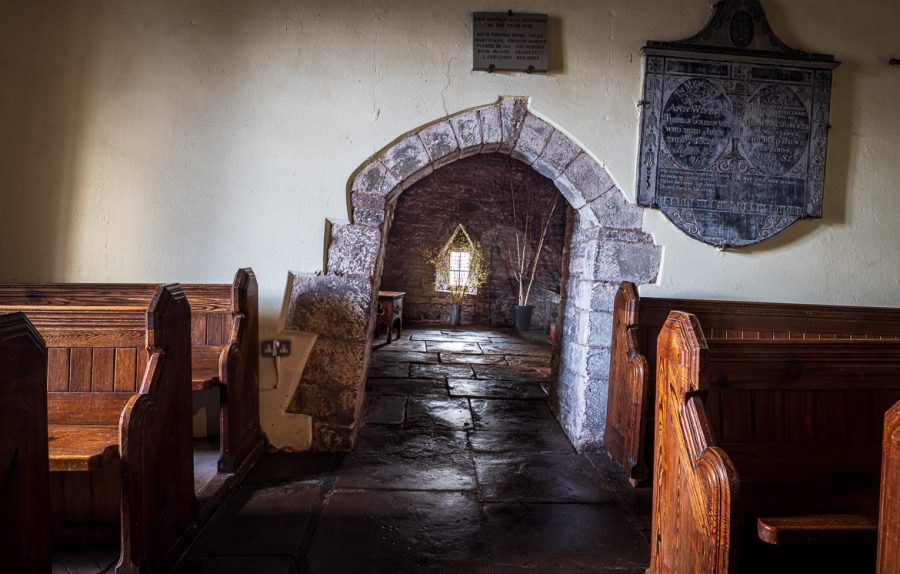
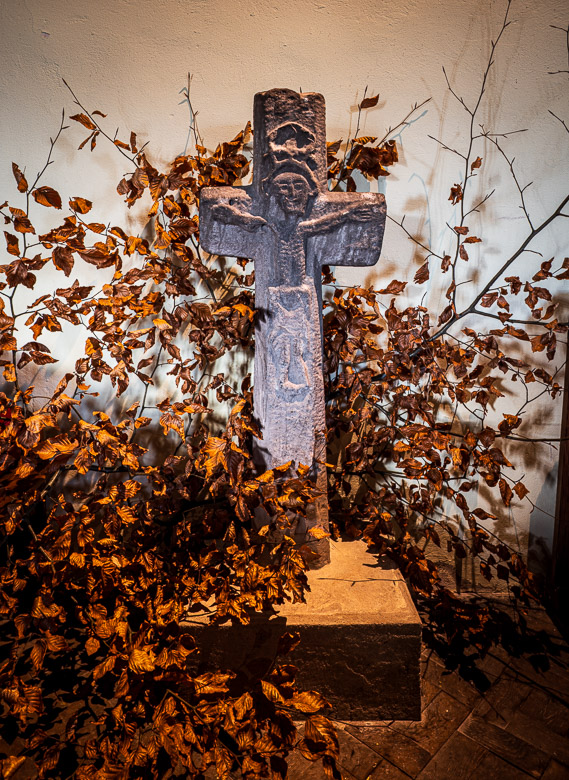
In the nave of the church stands a stone cross dated to the 11th or 12th C. It bears a rare carving of Christ on the cross. Originally it would have stood at the churchyard to be revered by the pilgrims travelling through the Black Mountains via Llanthony Abbey (see my next post) to St David’s Cathedral in Pembrokeshire (see earlier post from my visit to St David’s).
During the Reformation the cross was buried in the churchyard to protect it, although Henry VIII’s soldiers never came to the church. It was brought back to a prominent position, but stolen in 1967. However, the Keeper of Sculpture at the British Museum recognised the cross at a London antique shop, and it was returned to the church.
